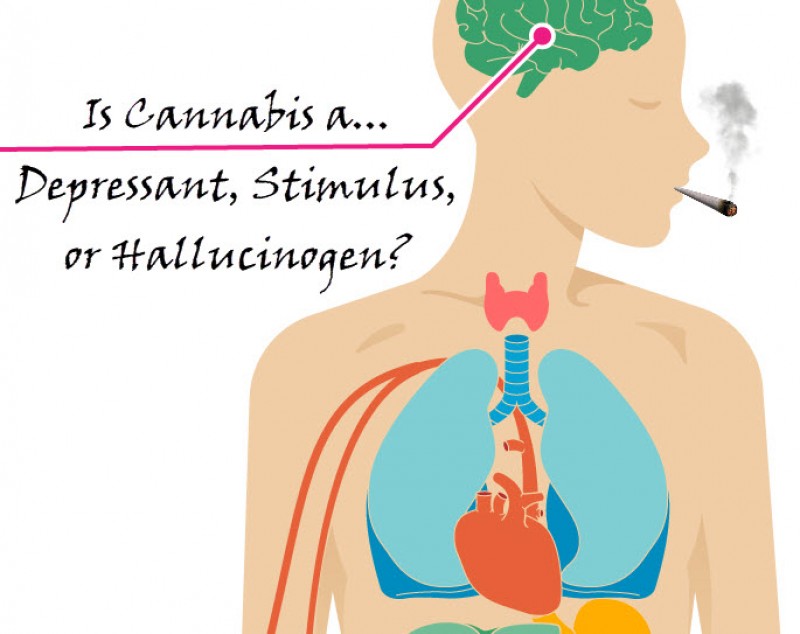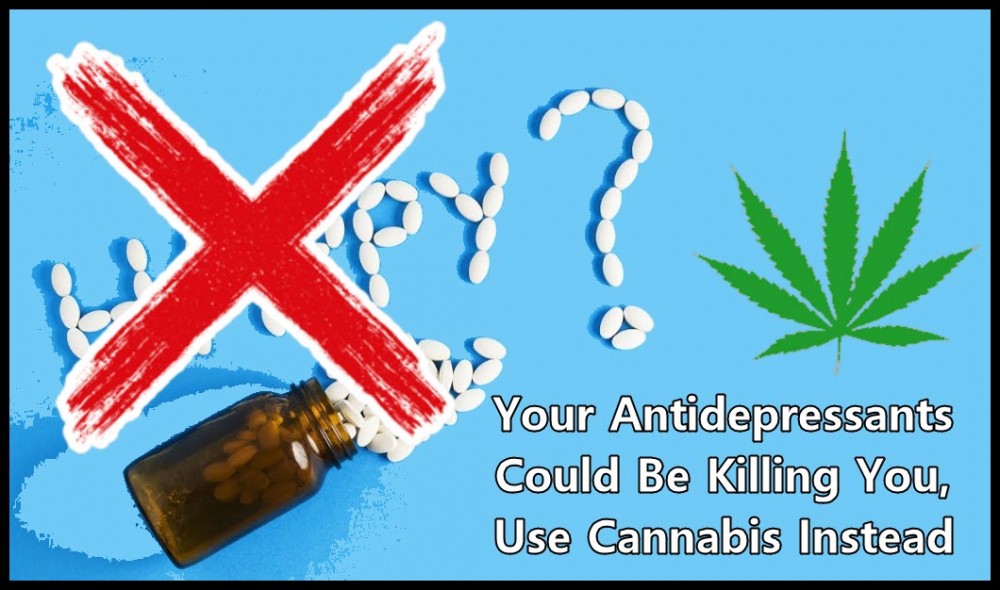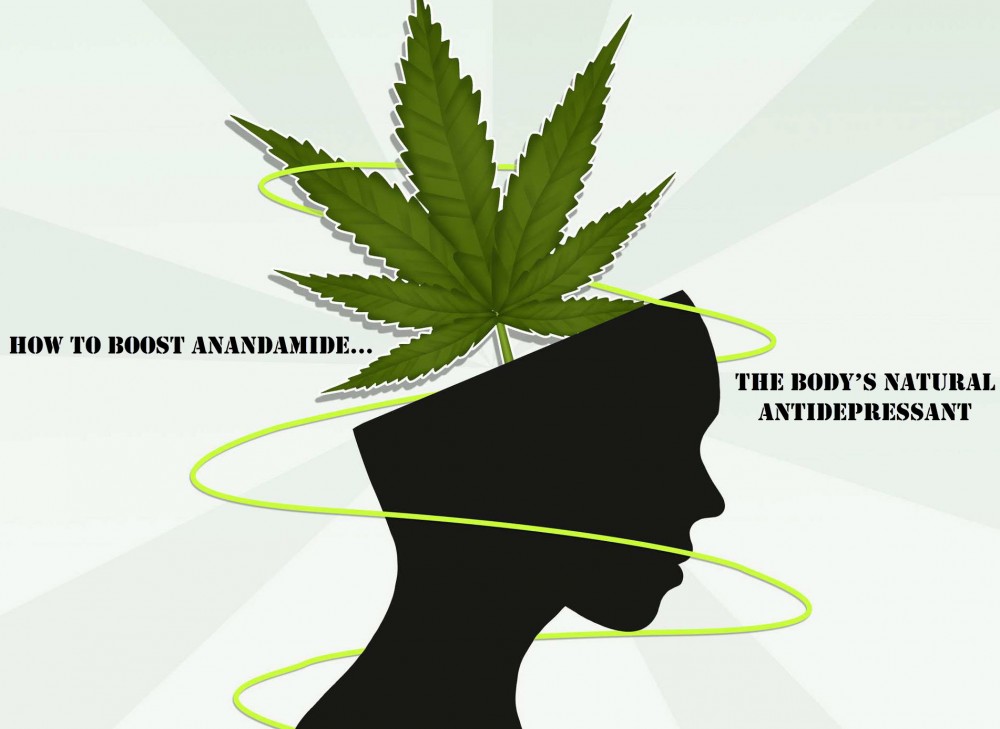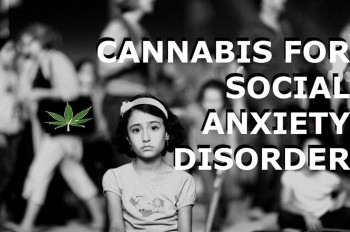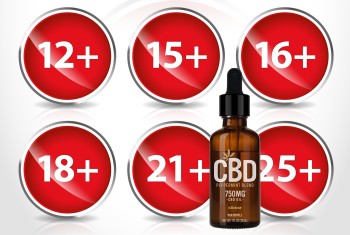Is Cannabis a Depressant, Stimulus, or Hallucinogen?
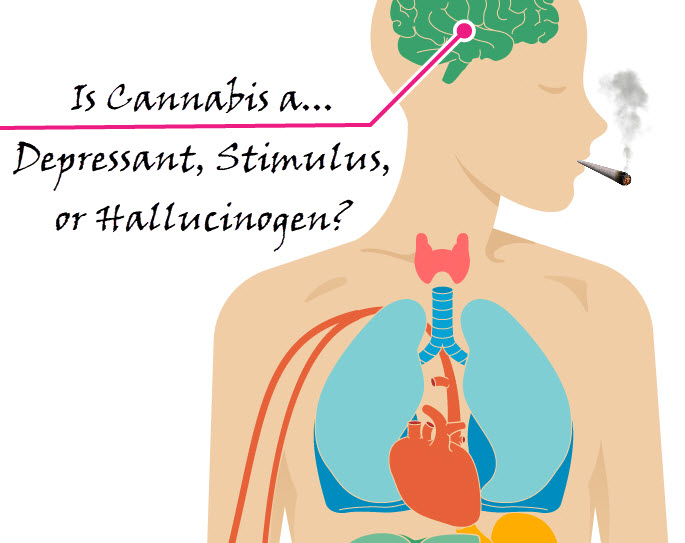
If there ever was a plant on earth that is more conversed about than cannabis, it would surely win a prize. All through history, lengthy discussions on what cannabis is and how it could find its rightful place in society happened in most societies. One of the most challenging issues they had, and maybe still have, is how to classify the plant. On the one hand, it calms the nerves. But is it a depressant? On the other hand, it is excellent to stimulate creativity and a sparky mind. Is it then a stimulant? But then it can stir an ethereal thought-line and deep philosophy is born. Is it now a hallucinogen?
The thing is, cannabis can be relaxing, invigorating, and creatively stimulant. See why it is a little challenging to put marijuana in the right box. Especially when it is darn hard to find the right box. In this article, we will look at the definitions of the various categories and see if we can pin it down.
The Terminology Up Close
What is a Depressant?
Depressants commonly get referred to as downers. Depressants are drugs that relax and calm. It slows brain activity and is useful for treating anxiety, insomnia, muscle spasms, and seizures. It acts slow or depresses the central nervous system. Commonly used depressants are benzodiazepines, like Valium, Xanax, and Klonopin. Anti-psychotics like Zyprexa and barbiturates like Nembutal and Seconal also are strong sedative depressants.
Something like alcohol also counts as a depressant and it causes many of the common side-effects of depressants like impaired memory, slow reaction time, and slurred speech. Opioids are also an important and often used depressant. It interacts with the opioid receptors in the body and is used for pain and for anesthesia. Oxycontin, Fentanyl, and Vicodin come to mind. Opiates deriving from the poppy plant, like codeine, heroin, and morphine also fall under depressants.
Depressants can be highly addictive and are easily abused. It has become so bad that it has been labeled as an opioid use disorder.
Does Cannabis fall in the category of a Depressant?
Most depressants interact with the GABA (gamma-aminobutyric acid) system in the brain. It is an inhibitory neurotransmitter that induces relaxation and lower inhibitions. It also shows anticonvulsive, anxiolytic, and muscle relaxing properties. Cannabis can produce depressant-like effects, but it is not a depressant. It does not act as a GABA agonist, but the sedative effects of cannabis rather come from its ability to increase dopamine levels within the brain. Researchers found that if cannabis is used over a prolonged time, it could decrease the amount of dopamine in the brain. The lethargic and unmotivated symptoms derived from this are similar to the effects modulated by depressants.
The difference between cannabis and conventional depressants is that it does not have the negative side-effects produced by all the above-mentioned medications. Cannabis addresses all the same issues but in a safer way.
What is a Hallucinogen?
Hallucinogens alter the perception of the user. It is often quite intense and strong visual distortions could be experienced. There are three types of hallucinogens. They are classified as psychedelics, deliriants, and dissociative. Some of the more known hallucinogens are LSD, mescaline, psilocybin, and DMT. Dissociative drugs include Ketamine, PCP, and cough syrup based on Dextromethorphan in high doses. Hallucinogens are popular in psychiatric medicine. Ketamine was originally developed as an anesthetic, but it is gaining popularity as a treatment for depression and anxiety.
What is a Stimulant?
Stimulants are normally known as uppers. It boosts your alertness and energy and gives you an elevated feeling. And then you come down. The most known stimulants are cocaine, methamphetamines, Ritalin, and even your morning coffee. Stimulants are highly habit-forming and are known for their crash when it wears off. Ritalin and Adderall are widely used as a treatment for attention deficit disorder (ADD) and attention deficit hyperactivity disorder (ADHD).
How do we classify Cannabis then?
We see that cannabis can definitely produce some of the effects of depressants. It can soothe pain and relax a person that makes it effective for anxiety. It also helps those suffering from insomnia. As a stimulant, it elevates mood and heightens creativity. It acts as an energy boost that many find motivating. For some, it can have the negative side-effects of stimulants too. Some just cannot tolerate marijuana and could end up feeling paranoia and anxiety.
So, it is not surprising that cannabis fits into all three categories. But it goes further. Cannabis can also be classified as an analgesic, anti-nausea, and anticonvulsant due to its medicinal properties. Cannabis is an extraordinarily complex plant and has more than 500 naturally occurring chemical compounds. There are cannabinoids, terpenes, flavonoids, and all have medicinal properties and effects.
To make it even more complex, cannabis has many strains where some might act as a stimulant and others rather as a depressant. This is why it is important for an individual to consider the variables that could cause a strain to act as a stimulant, depressant, or hallucinogen.
MARIJUANA AND DEPRESSANTS, READ MORE...
CANNABIS FOR ANTI-DEPRESSANTS, CLICK HERE.
